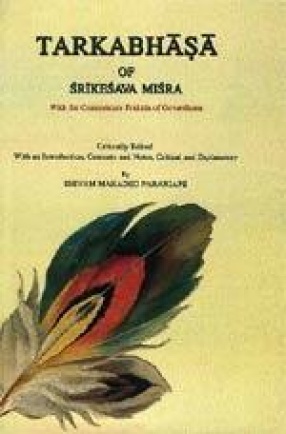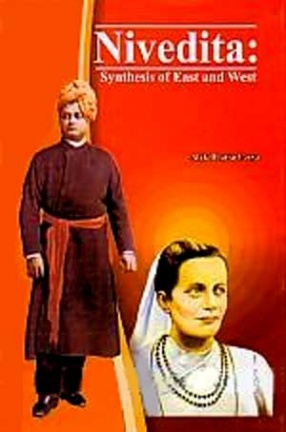Indian philosophy is generally divided into two parts, the first of which comprises the six orthodox schools, viz. Purvamimansa, Uttaramimansa, Yoga, Vais’eshika, and Nyaya, while the second includes all the heterodox ones, the most prominent of which are those of the Lokayatikas, Bauddhas, and Jainas. The purvamimansa is mainly engaged in construing and interpreting Vedic texts with a view to propound the doctrine that the performance of sacrifices results in conferring on a sacrificer heavenly bliss. But something higher than the mere material pleasures of heaven was the goal of the philosophy of the Upanishads. The Vedanta system, developed out of the Upanishads, aimed at establishing the importance of knowledge, and the natural consequence of this was that less value came to be attached to the Karma philosophy. Men’s minds were then more vigourously directed to the questions as to who the creator of the universe is, what his motive in its creation is, why a man is compelled to experience misery in life, how he is to liberate himself from it, and several others of a like nature. These questions had a natural interest in them and consequently four different schools sprang up along with that of the Vedanta, each proposing a different solution of the above problems. Thus while the Vedantins on the one hand supposed Brahma to be the cause of the universe, on the other there arose the Sankhyas maintaining that it was Pradhana out of which the world has evolved, the followers of Yoga system echoing the same opinion with some slight changes; likewise there arouse the Vaiseshikas and the Naiyayikas, both propounding the atomic theory to explain the creation of the world. Out of these discussing the above questions, dwells at full length on the laws of reasoning, and hence it has gained for itself the double character of metaphysics and logic. The latter, however, occupies there a subordinate position inasmuch as it comes in only as an instrument of right knowledge, necessary for the attainment of Moksha, which is the principal and the Shastra. The relation between Nyaya and Vaiseshika, like the one between Sankhya and Yoga, is that of brotherhood General their doctrines are not mutually antagonistic, and they seem to be parts of one common system, each developing only a different branch of the common subject. Thus the atomic theory is brought to its perfection by the Vais’eshika School, while Nyaya is occupied with the investigation of the laws of reasoning. The original work of the Nyaya School is the Sutras of Gautama. They are commented upon by Vatsyayana in his Bhashya. Thus in its turn in commented upon by Udyotakaracharya in his Nyayavartika Nyaya-vartika-tatparya-tika is again a commentary on the Nyaya-vartika by Vachaspatimisra. And this series of commentaries on commentaries ends with that of Udayancharya, which is styled as Nyaya-vartika-tatparya-parisuddhi. Viswanatha, at a comparatively modern date, has ably explained the original Nyaya Sutras of Gautama in an independent Vriti. In addition to these works are not immediately connected with the Sutras of any of the commentaries thereon. Among other the tarkabhasha of Kesavamisra, the present text, may be mentioned as an elementary creatise, best adapted to meet the wants of a beginner of the science of Nyaya.
Nivedita: Synthesis of East and West
$25.20
$28.00




There are no reviews yet.